Livestock
-
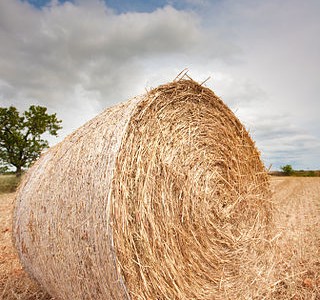
With all the rain we have been having in the Southeast, some of the hay that is being produced has higher moisture levels than farmers would like. If moisture levels are too high, the hay is more likely to mold, reducing quality and potentially making the animals that eat it sick. You can read more…
-
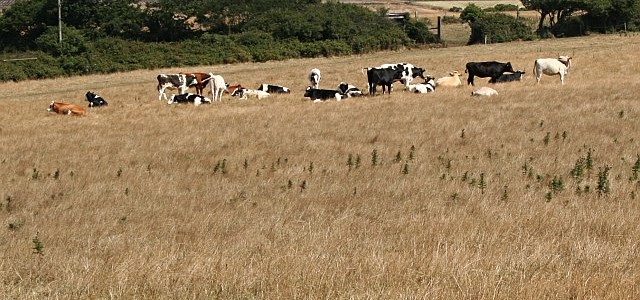
Back in the spring of 2016, the developing drought in northwestern Georgia and northeastern Alabama caused livestock producers there to seek hay from places as far away as Missouri. Fortunately, that area’s drought is now a distant memory, but drought has now formed in Missouri, causing problems for producers there. This article from Drovers Newsletter…
-
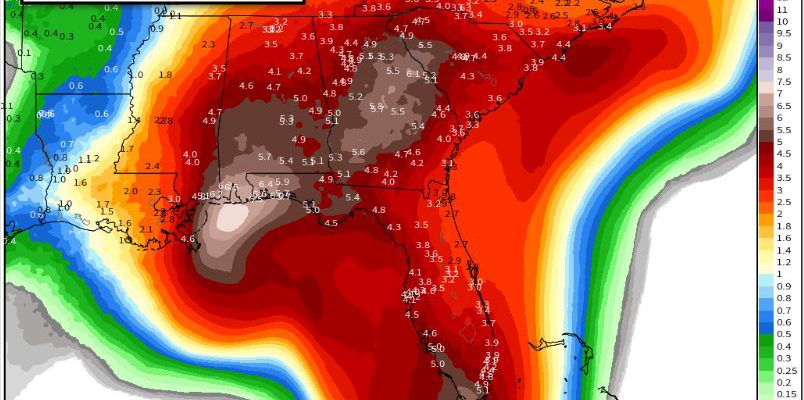
Long-time residents of Georgia may remember the devastating floods of Tropical Storm Alberto in July 1994. The rain was so intense that Georgia’s one-day rainfall record was set during that storm, with 21.10 inches recorded at Americus for a 24-hour period ending on July 6, 1994 as the storm stalled over the state. In spite…
-
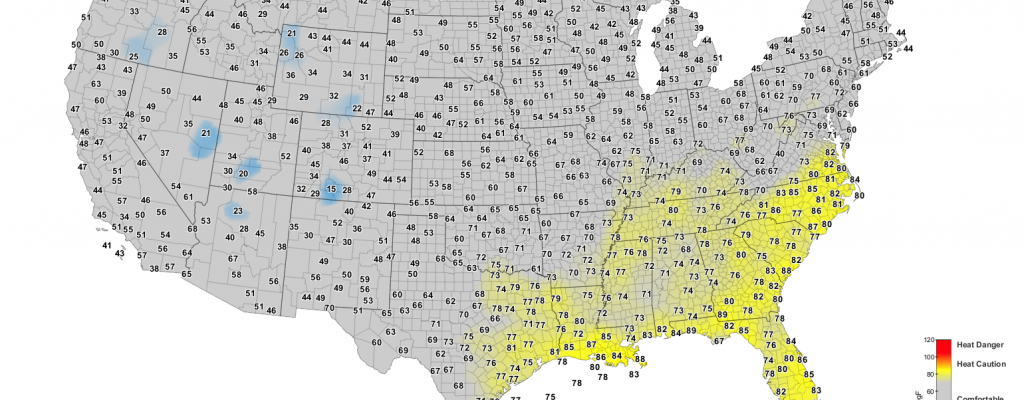
Drovers Newsletter has a timely article this week on cattle heat stress and when it is too hot to work cattle, and especially calves, which are more susceptible to stress than full-grown animals. You can find it here along with links to sources of cattle heat stress maps (or go directly to the Cattle Comfort…
-
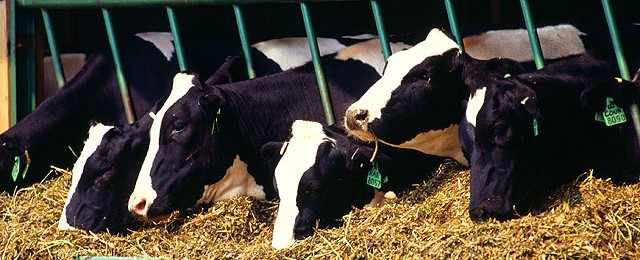
The Northeast Climate Hub of the USDA has a new short guide to how dairy farmers are being impacted by changes in temperature and rainfall and what they can do to protect their herds and infrastructure. It is geared towards the Northeastern US but has good information for everyone. Read it at https://www.climatehubs.oce.usda.gov/hubs/northeast/topic/weather-and-climate-considerations-dairy.
-

If you love to eat exotic food like I do, you might already know about the ultra-high quality hams that come from Spain. In contrast to Yorkshires which provide the bulk of American bacon, the pigs that Spanish hams come from are darker and leaner. The farmers in Spain finish them up on months of…
-
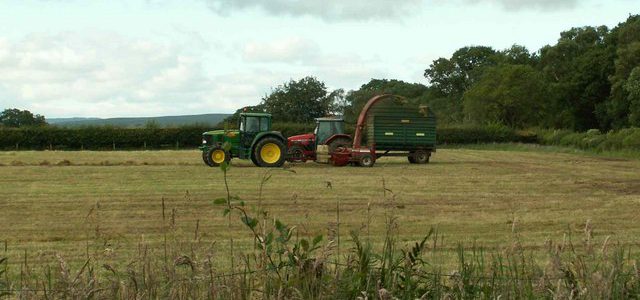
There has been a wealth of stories related to climate and/or agriculture in the past few weeks. Here are a few that have caught my eye. I hope you will find one or more useful to you. Bloomberg Businessweek: The Fighting Has Begun Over Who Owns Land Drowned by Climate Change New Haven Register: One…